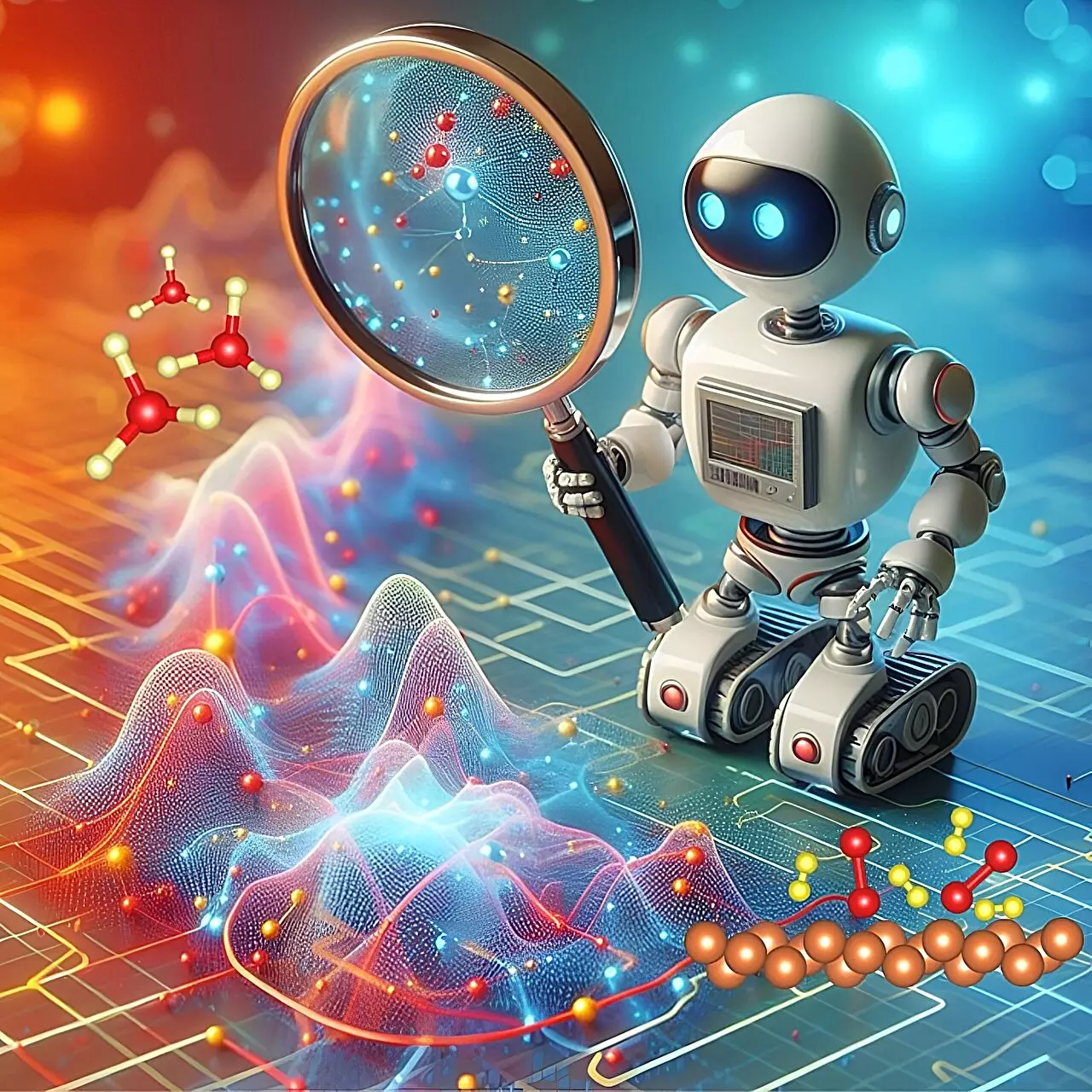Ammonia production has played a pivotal role in industrial chemistry for over a century. Despite its long history, researchers are still grappling with the inefficiencies and low yields of traditional methods used to synthesize ammonia. The process hinges on the conversion of atmospheric nitrogen and hydrogen into ammonia, notably facilitated by an iron catalyst. While global production has reached remarkable levels—approximately 160 million tons annually—most of this output is directed toward agricultural uses, primarily as nitrogen fertilizers, in addition to its applications in various industries, from refrigeration to household cleaning products. Recent advancements in artificial intelligence offer a promising beacon of hope to optimize this essential chemical synthesis, thus highlighting the intersection of technology and traditional chemistry.
At the heart of inefficiencies in ammonia synthesis lie complex chemical reactions that yield low productivity. The Haber-Bosch process, a cornerstone technique for ammonia production, has remained largely unchanged despite its energy-intensive nature and substantial carbon dioxide emissions. The need for innovative solutions is pressing, particularly as the world confronts increasing demands for fertilizers and a growing focus on sustainable practices. These challenges underline the importance of research that ventures beyond the boundaries of conventional methods in pursuit of more effective alternatives.
Harnessing the capabilities of artificial intelligence (AI) is seen as a way to bridge the gaps in our understanding of chemical reactions. A notable advancement in this domain is the development of the High-Throughput Deep Reinforcement Learning with First Principles (HDRL-FP) framework. Spearheaded by a team led by Qi An from Iowa State University, this innovative approach enables researchers to predict and analyze complex chemical pathways more effectively than traditional methods. By leveraging AI, researchers can dissect the intricate mechanisms behind catalytic reactions, optimizing conditions and enhancing the development of superior catalysts.
The HDRL-FP framework draws from the principles of reinforcement learning—an AI technique that mimics the process of training animals through rewards. In this context, the “reward” signals the identification of optimal reaction pathways in ammonia synthesis. By simulating different atomic configurations and their corresponding energy landscapes, the AI can autonomously explore thousands of potential reaction routes and swiftly isolate the most efficient options. This capability not only streamlines research efforts but also minimizes human error in recognizing viable pathways hidden within noisy experimental data.
The introduction of HDRL-FP into chemical research heralds a transformative shift in ammonia production and other catalytic reactions. By enhancing efficiency, reducing costs, and curtailing CO2 emissions, this framework has the potential to revolutionize how ammonia is synthesized on both large and small scales. Smaller, decentralized production facilities may become viable—empowering regions with limited access to traditional production methods and fostering a more sustainable approach to fertilizer availability.
Furthermore, the advancements made here could extend beyond ammonia synthesis, offering valuable insights applicable to a broad spectrum of chemical reactions across various industries. The ongoing collaboration between researchers at Iowa State University and Salesforce AI Research exemplifies a multidisciplinary approach that combines materials science, engineering, and artificial intelligence in pursuit of innovative solutions.
The intersection of artificial intelligence and ammonia production exemplifies a crucial evolution in industrial chemistry. The research spearheaded by Qi An and his team at Iowa State represents not just an incremental step but a potential paradigm shift in understanding and optimizing chemical processes. As the global community grapples with challenges such as food security and climate change, innovations like HDRL-FP will be pivotal in driving sustainable practices forward, ensuring that essential processes like ammonia production are both efficient and environmentally responsible. The journey of chemical research is thus not only about enhancing yields but about fostering a responsible and sustainable future for industries dependent on such vital resources.

